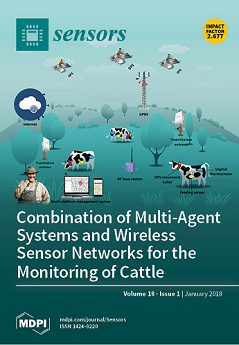1
Department of Biomedical Laboratory Science, College of Health Science, Eulji University, Seongnam 13135, Korea
2
Department of Genetic Engineering, College of Biotechnology and Bioengineering, Sungkyunkwan University, Suwon City, Gyunggi Do 164-19, Korea
3
Department of Biomedical Laboratory Science, School of Medicine, Eulji University, Daejeon 34824, Korea
4
Department of Medical IT Marketing, College of Health Industry, Eulji University, Seongnam 13135, Korea
5
Department of Food and Nutrition, Eulji University, Seongnam 13135, Korea
6
Fermentation Science Program, School of Agribusiness and Agriscience, College of Basic and Applied Sciences, Middle Tennessee State University, Murfreesboro, TN 37132, USA
7
Korea Research Institute of Standards and Science, P.O. Box 102, Yuseong, Daejon 34113, Korea
8
Department of Agricultural and Biological Engineering, Bindley Bioscience Center, Purdue Center for Cancer Research, Purdue University, 225 South University Street, West Lafayette, IN 47907, USA
†
These authors contributed equally to this work.






